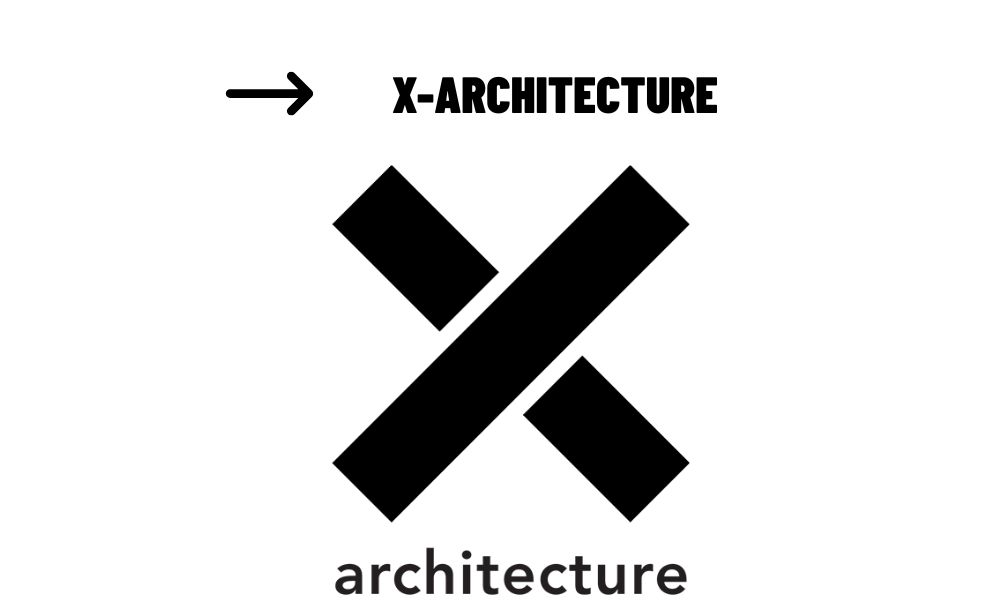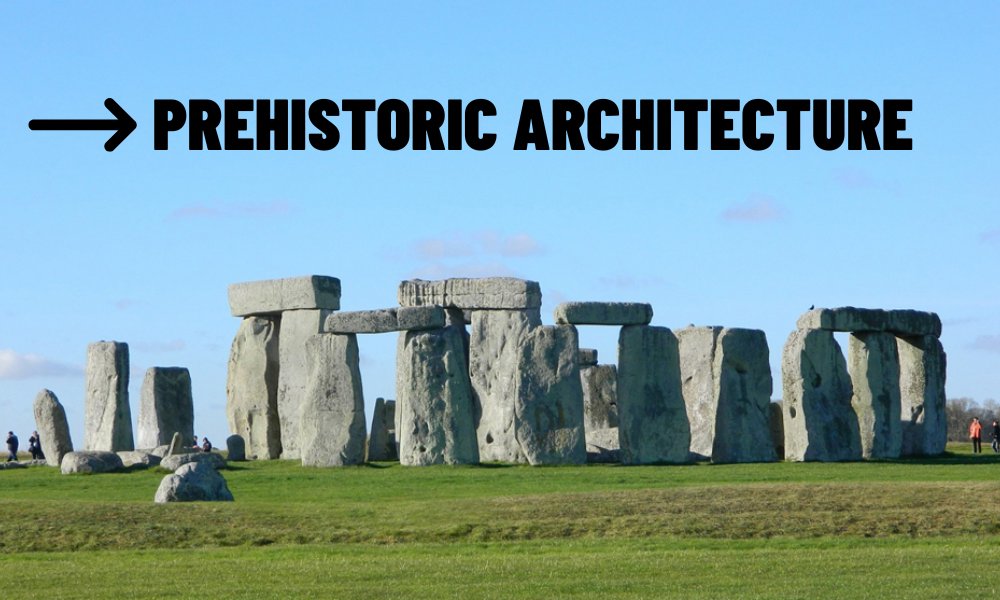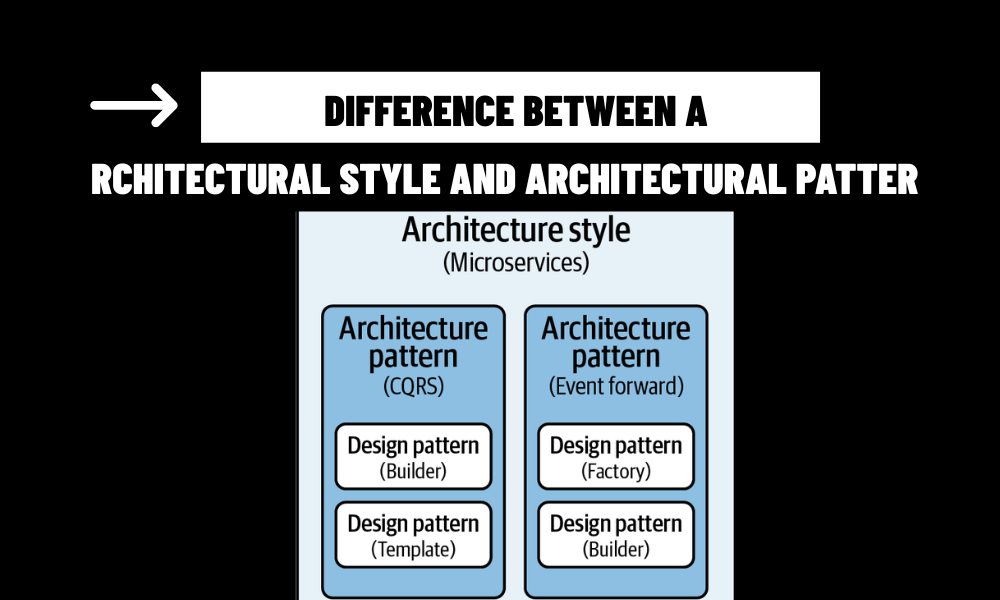In a world where functionality meets form, modern architecture stands as one of the most transformative movements in the history of design. Emerging in the early 20th century and evolving through decades of technological and cultural shifts, modern architecture continues to shape skylines, cities, and ways of living.
This style isn’t just about glass and steel—it’s about rethinking space, structure, and sustainability. Below, we explore what defines modern architecture, its key principles, and landmark examples from around the world.
Contents
- 1 What Is Modern Architecture?
- 2 Key Characteristics of Modern Architecture
- 3 10 Iconic Examples of Modern Architecture
- 3.1 1. Fallingwater – Frank Lloyd Wright (1939)
- 3.2 2. Villa Savoye – Le Corbusier (1931)
- 3.3 3. The Glass House – Philip Johnson (1949)
- 3.4 4. Sydney Opera House – Jørn Utzon (1973)
- 3.5 5. Burj Khalifa – Adrian Smith (2010)
- 3.6 6. The Shard – Renzo Piano (2012)
- 3.7 7. Heydar Aliyev Center – Zaha Hadid (2012)
- 3.8 8. Bosco Verticale – Stefano Boeri (2014)
- 3.9 9. Louvre Abu Dhabi – Jean Nouvel (2017)
- 3.10 10. Apple Park – Foster + Partners (2017)
- 4 Why Modern Architecture Still Matters Today
What Is Modern Architecture?
Modern architecture is a design philosophy that emphasizes simplicity, clarity of form, and the elimination of unnecessary detail. It arose in reaction to ornate and heavily decorative historical styles such as Gothic and Baroque, favoring instead clean lines, geometric structures, and innovative materials like steel, reinforced concrete, and glass.
Rather than merely serving aesthetic purposes, modern buildings are often designed with purpose, function, and human experience at their core.
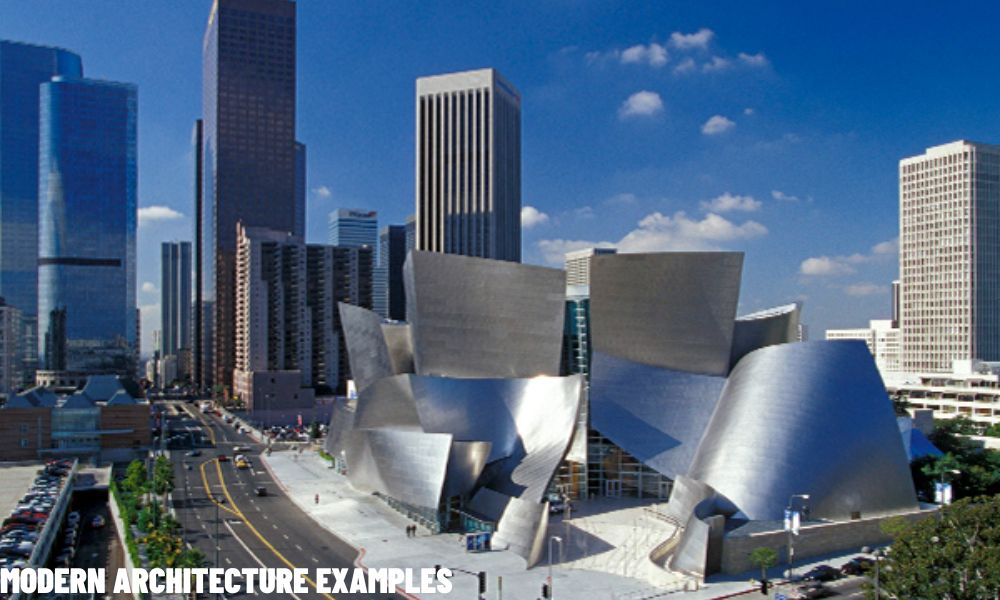
Key Characteristics of Modern Architecture
Minimalism and Clean Lines
Designs avoid superfluous decoration and focus on essential form.
Geometry plays a central role—rectangles, squares, and simple curves dominate.
Open Floor Plans
Interiors emphasize flexibility and flow of space.
Walls are minimized to create light-filled, spacious rooms.
Integration with Nature
Large windows, open courtyards, and rooftop gardens.
A seamless connection between interior and exterior spaces.
Use of New Materials
Emphasis on glass (for transparency), steel (for strength), and concrete (for versatility).
Prefabricated elements and industrial components are often incorporated.
Function Over Ornamentation
Every element serves a practical or structural purpose.
“Form follows function” is a guiding principle.
Sustainability and Technology
In recent decades, modern architecture has embraced eco-friendly technologies.
Solar panels, natural ventilation, and smart building systems are increasingly standard.
10 Iconic Examples of Modern Architecture
1. Fallingwater – Frank Lloyd Wright (1939)
📍 Pennsylvania, USA
Built over a natural waterfall, it blends seamlessly into its forested surroundings.
A true symbol of organic architecture and harmony with nature.
2. Villa Savoye – Le Corbusier (1931)
📍 Poissy, France
A prototype for the modernist International Style.
Features elevated supports (pilotis), a flat roof garden, and horizontal windows.
3. The Glass House – Philip Johnson (1949)
📍 Connecticut, USA
A minimalist masterpiece, with transparent walls that dissolve barriers between inside and out.
4. Sydney Opera House – Jørn Utzon (1973)
📍 Sydney, Australia
Its sculptural, sail-like roofs make it one of the most recognizable buildings in the world.
A blend of modern engineering and cultural symbolism.
5. Burj Khalifa – Adrian Smith (2010)
📍 Dubai, UAE
The world’s tallest building, designed with a triple-lobed footprint inspired by Islamic architecture.
Built with sustainability systems like solar panels and condensate collection.
6. The Shard – Renzo Piano (2012)
📍 London, UK
Shaped like a shard of glass, this skyscraper defines the London skyline.
Its multi-use spaces and energy-efficient design reflect modern urbanism.
7. Heydar Aliyev Center – Zaha Hadid (2012)
📍 Baku, Azerbaijan
Famous for its flowing, futuristic curves and seamless surfaces.
A radical departure from traditional geometric structures.
8. Bosco Verticale – Stefano Boeri (2014)
📍 Milan, Italy
These “vertical forest” towers host over 900 trees and thousands of plants.
A model for sustainable urban housing in dense cities.
9. Louvre Abu Dhabi – Jean Nouvel (2017)
📍 Abu Dhabi, UAE
Features a perforated dome that creates a “rain of light,” referencing Islamic design.
A cultural landmark combining heritage with innovation.
10. Apple Park – Foster + Partners (2017)
📍 Cupertino, California, USA
Nicknamed “the spaceship,” this circular campus emphasizes green energy and biophilic design.
Houses one of the largest solar roofs in the world.
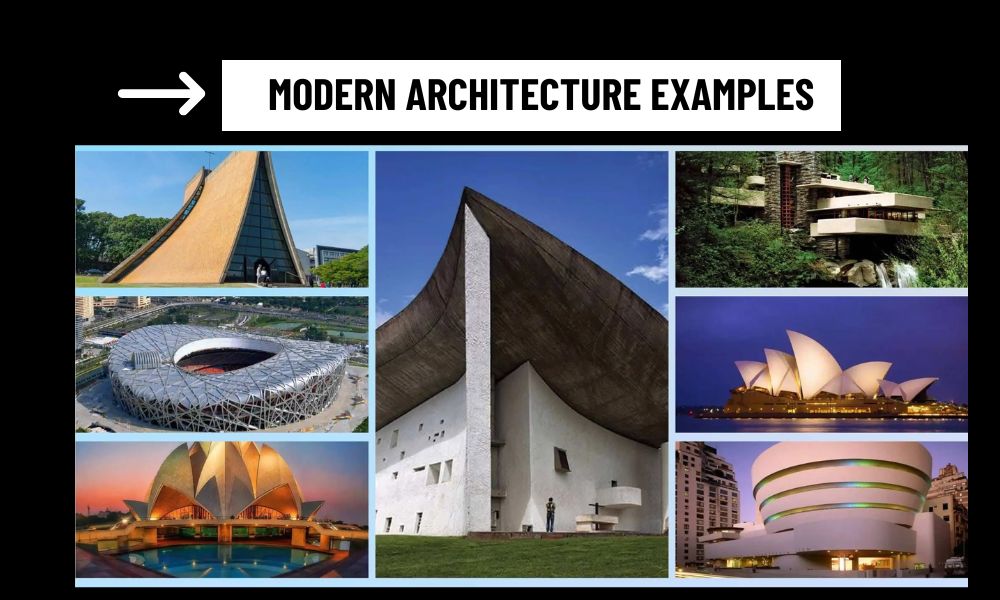
Why Modern Architecture Still Matters Today
Modern architecture is more than just an aesthetic—it’s a philosophy of innovation. Its focus on clean design, livability, and efficient use of resources has made it the backbone of 21st-century urbanism.
In today’s context, modern architecture has evolved to include:
- Smart buildings that respond to environmental data
- Passive houses that require little to no external energy
- Modular designs for fast, cost-effective housing solutions
Whether it’s a minimalist home, a high-tech office tower, or a sustainable public facility, modern architecture continues to inspire creative, functional, and environmentally responsible design.
From the glass-walled simplicity of The Glass House to the futuristic curves of the Heydar Aliyev Center, modern architecture has reshaped how we think about space, technology, and beauty. It challenges conventions while prioritizing human experience—and its legacy continues to influence generations of architects and designers.
If you’re an architect, student, or simply passionate about design, understanding modern architecture is key to recognizing how we got here—and where we’re headed.
